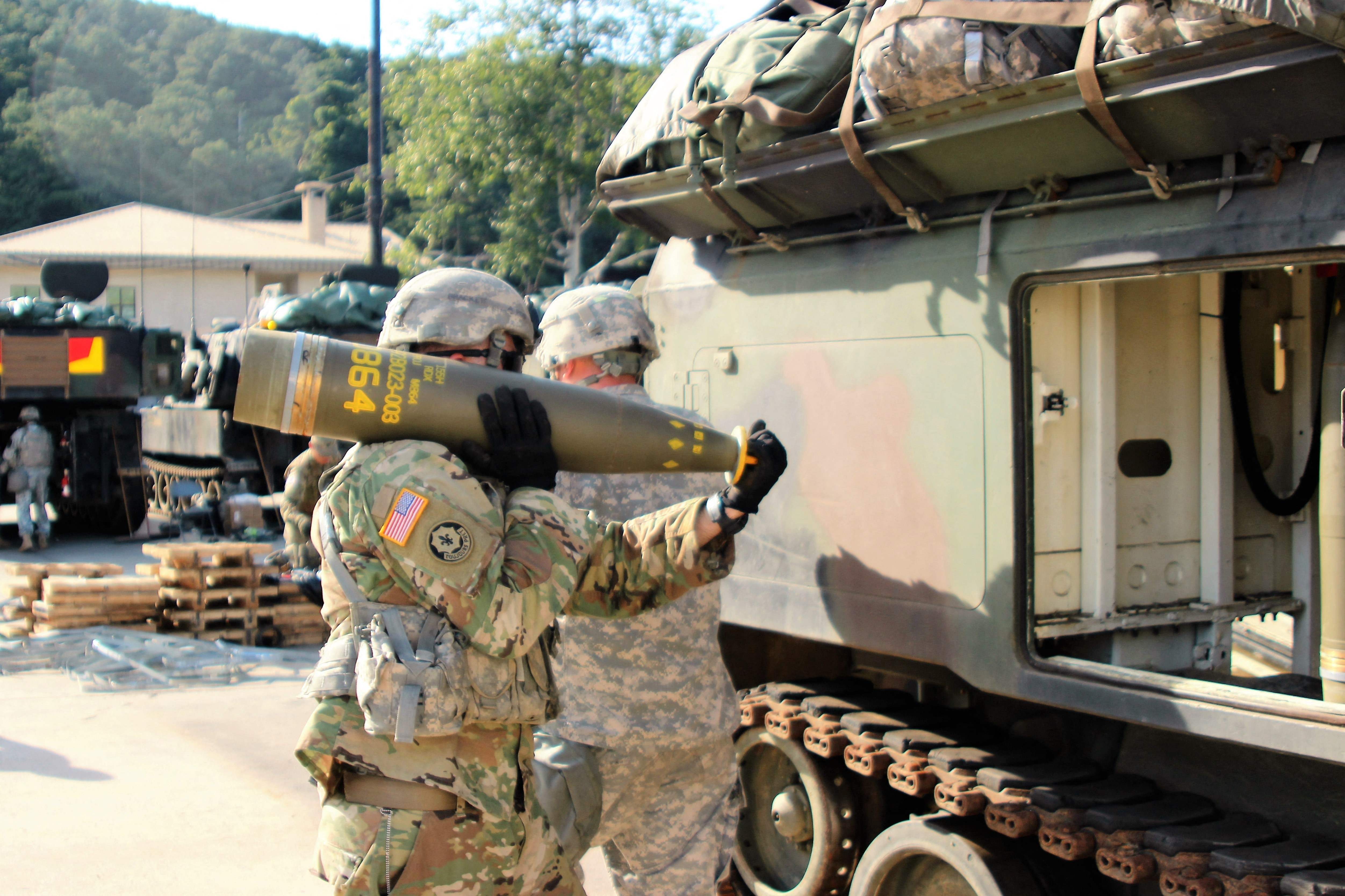I’ve seen the barbarism of cluster bombs up close. This is how dangerous they can be
President Biden has agreed to supply the controversial and devastating munition to Ukraine while Britain has banned them. Kim Sengupta asks if this could cause a rift in the special relationship?


Valentina Demchenka described the noise as like firecrackers going off repeatedly – a very different sound to the deep blasts from Russian shells that had been killing residents and shattering buildings in the Industrialnyi neighbourhood of Kharkiv for the previous week.
During a lull in the attack, she ran out of her apartment building with her husband and two children. They almost made it to the family car when there was a further series of explosions. She looked around – and that’s when she got hit by the shrapnel that took out her left eye.
The munition being used by the Russians at that time – early in the invasion, in 2022 – was 9N210/9N235 cluster bombs, according to analysis by weapons experts and Amnesty International. They were anti-personnel submunition: chopped-steel shards that sprayed out in timed detonation over a wide arc.
Similar attacks to the one in Industrialnyi had also taken place in other areas of the city, such as Shevchenkivskyi and Saltivka. Dozens of victims were at Kharkiv’s main hospital the next day. Medical staff pointed out the deep penetration wounds: a lot were to the upper body – abdomen, chest and back, neck and face.
“These bombs seem especially cruel. They are not for buildings, they seem to be made to hurt and kill people,” said a doctor, Elena, as she treated one of the patients, a girl aged just 12. “These people were lucky to survive.”
Some had not. Ten bodies, we were told, had been moved to the morgue.
Donatella Rovera, Amnesty International’s senior crisis response administrator, said at the time: “These weapons should never be used. They cannot be pinpointed. They are area weapons, they have a devastating effect and cause a lot of civilian death and injury.”
Yet the subject of cluster bombs is once again in focus after the decision of the US administration to supply the munition to Ukraine. The issue will be discussed between Joe Biden and Rishi Sunak during the US president’s visit to London – and also at the Nato summit in Vilnius this week.
Britain is among 123 countries which have signed the Convention on Cluster Munitions, an international treaty which banned the production or use of the weapons in 2008.
Sunak has not directly criticised Washington’s decision, saying simply that the UK “discourages” their use. Spain and Canada, Nato member states – and New Zealand, part of the “Five Eyes” security group which also includes US, UK, Canada and Australia – have openly stated opposition to them being sent.
Chris Hipkins, the New Zealand prime minister, has stressed that cluster bombs are “indiscriminate, they cause huge damage to innocent people – and they can have long-term effects as well.”
The Spanish defence minister, Margarita Robles, has commented: “No to cluster bombs, yes to the legitimate defence of Ukraine – which we believe should not be carried out with cluster bombs.”
The argument for the munition by Ukraine, backed by the US, is that cluster munition is needed for the legitimate defence of the country. The current counteroffensive against Russian forces in the south and east of the country is a key part.
The underlying reason for supplying cluster munition is that Ukraine’s Western allies have not been able to raise production of ammunition, especially artillery rounds, to meet the needs of the Ukrainian military.
This has been a problem across Nato, which has nearly exhausted its supplies. In Britain, the government gave £5bn to the Ministry of Defence four months ago. At least £3bn of that went to the fleet of nuclear submarines: the £2bn which went to the army was to replace ammunition stockpiles sent to Ukraine. There was nothing left for a host of other needs.
The proponents of sending cluster munition to Ukraine say that they would be of huge benefit to Ukraine in an offensive which has been slow in making progress through heavily entrenched Russian defensive lines and minefields.
A paper by RUSI (Royal United Services Institute) holds that supplying cluster weapons would not only be militarily justified, but also so legally and ethically.
It points out that the US, Ukraine and Russia have not signed the Cluster Munitions Convention. And neither have Poland and Ukraine, the two states “through which munition would likely have to flow in order to reach Ukraine”. Therefore, “no one likely to be involved in the supply, transit or future use of these weapons is bound by any specific legal prohibition against their use”.
One of the main reasons given against using cluster munitions is that they sometimes fail to immediately explode on impact – and then become a lethal hazard to civilians, including children. The RUSI paper argues that “the problem with this argument is that a significant proportion of other munitions also fail to explode… unexploded ordnance argument is one that would apply equally to a wide range of explosive weapons already in use in the [Ukraine] conflict and it is therefore illogical as a reason to specifically reject the provision of DPICMs [cluster munition]”.
But unexploded cluster bombs are widely viewed as being especially dangerous. That is the reason why 99 per cent of global cluster munition stockpiles have been destroyed since the signing of the Convention.
The organisation, Cluster Munition Monitor, found that civilians represented 97 per cent of all cluster munition casualties in 2021. This kind of figure is not new – a study by Handicap International in 2006 found 98 per cent of those maimed and killed by such munition over the previous three decades had been civilians.
Those of us who have reported from Iraq and Afghanistan, two countries in which the US had used cluster bombs extensively, witnessed their effects for years afterwards.
Children seemed to make up a very large number of the victims, picking up the small, sometimes brightly coloured, objects on the ground.
A boy we met in Herat in Afghanistan, 10-year-old Soraj Ghulam Habib, had his legs blown off when he picked up a can when out with his friends. It was yellow, the same colour as food parcels dropped by American aid planes. This was the beginning of Nowruz, the Afghan new year, and the boys thought gifts were being delivered.
Sorraj, in a wheelchair, went on to campaign for the Cluster Munitions Convention, which was signed seven years after his injury.
Many Ukrainians I know, including those in the military, say they understand the concern about cluster bombs. After all, they have suffered from the weapons themselves.
But they are engaged, they point out, in an “existential struggle” and – currently – in an offensive which may well decide the outcome of the war. The clear imperative for the time being is to get and use the weapons necessary to survive and succeed in defeating Vladimir Putin’s invasion.






Join our commenting forum
Join thought-provoking conversations, follow other Independent readers and see their replies
Comments